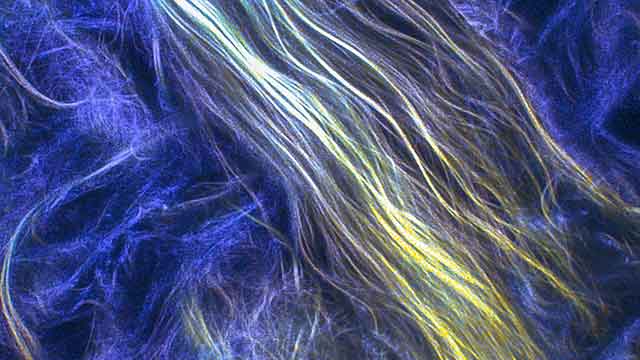
Researchers at the University of Tsukuba found that, despite only covering about one-third of the distance in HIIT compared with that covered in endurance training, similar improvements in exercise capacity and brain function were observed for both forms of exercise.
“We investigated how rats’ muscles and brains — specifically, the region of the brain involved in spatial learning called the hippocampus — adapted to these types of exercise, and how the rats consequently learned and remembered navigating mazes,” explains Professor Hideaki Soya, the principal investigator.
In the experiment, rats were assigned to 1 of 3 groups — resting, endurance running, or alternating intervals (short sprints and rest) — during training sessions on treadmills 5 days/w...
Read More







Recent Comments